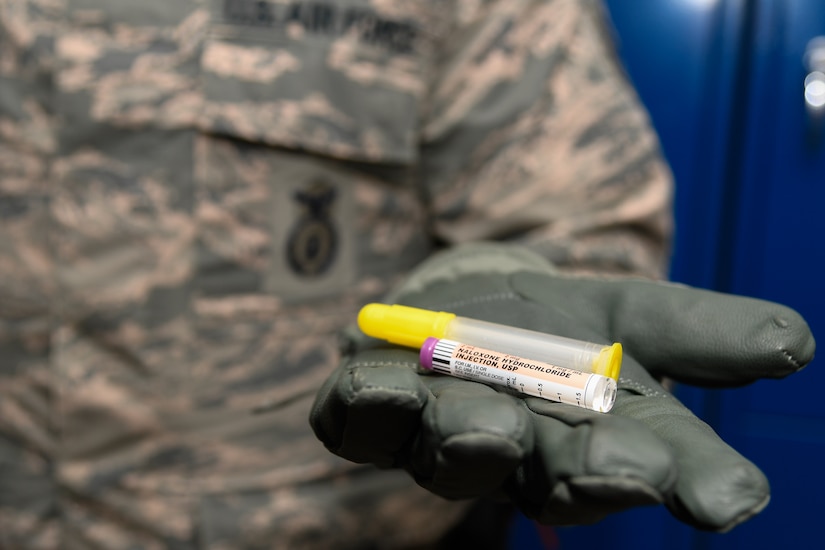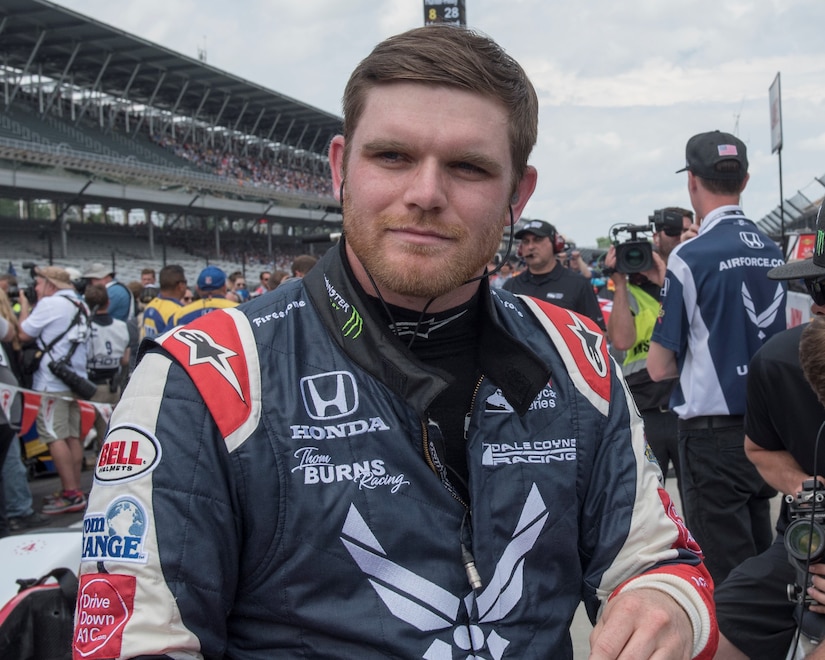By Jim Garamone, DoD News, Defense Media Activity
WASHINGTON -- There have been disagreements throughout the
history of the North Atlantic Alliance, but the member states have always been
able to work together for collective defense, NATO Secretary General Jens
Stoltenberg said in London today.
The secretary general previewed the NATO summit in Brussels
next month during an address at the Lancaster House. He stressed the necessity
of the trans-Atlantic alliance and urged the nations to stand together.
The United States has disagreements with NATO allies on
economic aspects such as the Iran deal and climate change. There are
disagreements within Europe, too, Stoltenberg said. European allies disagree
other over the future of the European Union, what makes up European values, and
the growth of populism.
Overcoming Divisions
But NATO must overcome the divisions, the secretary general
said, adding that he believes the nations will deal with them as they have
throughout to 70 years of peace alliance enabled in Europe.
“Our bond is strong, but today, some are doubting the
strength of that bond,” Stoltenberg said. “It is not written in stone that the
trans-Atlantic bond will survive forever, but I believe we will preserve it.”
The alliance is not a monolithic entity like the Warsaw Pact
once was. It was and is made up of democracies that have had legitimate
differences throughout the history of the alliance. “We have overcome
disagreements before -- differences of opinion is nothing new,” the secretary
general said. “Some of them have been substantial.” Stoltenberg listed the Suez
Crisis of 1956, the French withdrawal from NATO’s command structure in 1966 and
the Iraq War in 2003.
“We are 29 democracies with different history, geography and
culture,” he said. “So of course, sometimes there are disagreements.”
But that has not stopped the most successful alliance in
history, he said. “Again and again, we unite around our common goal. We stand
together. We protect each other,” he added.
But beyond the disagreements, one aspect stands alone: it is
in each country’s strategic interest to maintain the trans-Atlantic alliance,
the secretary general said, noting that history is a harsh teacher.
“Two world wars and a Cold War have taught us that Europe
and North America are stronger, safer and more prosperous together,”
Stoltenberg said. “That is why young American and Canadian soldiers fought on
the Western Front in the First World War, and why their sons fought their way
across the beaches of Normandy almost 30 years later.”
The United States fought in World War I and then washed its
hands of the continent, he pointed out. “That was not a success,” Stoltenberg
said. “After World War II, they stayed – in NATO -- and that was a success.”
Stronger and Safer
All Western nations are stronger and safer under the
alliance, he said. “It is why hundreds of thousands of European and Canadian
troops have served shoulder to shoulder with American troops in Afghanistan, to
defeat international terrorism, and with more than a thousand paying the
ultimate price,” said he added. “It is – and has always been – in our
fundamental interest to stand together. That is as true now as it has been ever
before.”
The security environment is more complicated now than it has
been in a generation, the secretary general said. International terrorism,
missile and nuclear proliferation, cyberattacks and a resurgent Russia, which
uses intimidation and force against its neighbors, are just some of the
challenges of this new security environment. “It is in our common interest to
face them together,” he said.
And alliance nations are facing these common challenges.
“There are many different ties that bind Europe and North America together,” he
said. “We may have seen the weakening of some of them lately, but our ties on
defense have grown stronger. After the Cold War, the U.S. and Canada gradually
reduced their military presence in Europe, and European allies cut defense
spending.”
But that has changed. U.S. armored forces are back in
Europe. The number of American service members on the continent has risen.
Since coming to office, the Trump administration has increased funding for the
U.S. presence in Europe by 40 percent. Canada has also increased its commitment
to the defense of Europe.
“At the same time, Europeans are stepping up too, spending
billions more on defense and taking greater responsibility for Euro-Atlantic
security alongside their North American allies,” Stoltenberg said. “All allies
have stopped the cuts to defense. All allies are increasing their defense
spending in real terms.”
European allies and Canada have added an extra $87 billion
since 2014, and more are investing 2 percent of gross domestic product – the
NATO goal -- on defense. “This has underpinned the biggest increase in our
collective defense since the Cold War,” the secretary general said.
And there are concrete capabilities to show for the money,
including the deployment of multinational battlegroups to the Baltic countries
and Poland. The alliance also has tripled the size of the NATO Response Force
and established a task force ready to move in 48 hours, and NATO has joined the
global coalition to defeat the Islamic State of Iraq and Syria.
New Capabilities
The alliance will do more, Stoltenberg said, and he expects
leaders to approve new capabilities during the Brussels summit. “They will
agree to increase the readiness of our forces with 30 mechanized battalions, 30
air squadrons and 30 combat ships ready to use within 30 days or less,” he
said. “They will decide on a new NATO command structure with two new commands.”
NATO leaders will make decisions of integrating national
cyber capabilities into the alliance’s operations, and will agree a new
training mission in Iraq, he said.
Finally, he said, alliance leaders will extend funding for
the Afghan forces and deepen cooperation with the European Union.
“All of this shows our determination to provide for our
common defense, ready to respond to any attack from any direction,” he said.
“We face a difficult security environment, but when NATO is challenged, when
others would divide us, weaken us undermine us; we must stay united and rise to
the challenge with strength, solidarity and resolve, just as we always have.”










